Precision Easing: How China’s Multi-Layered Monetary Policy Is Recalibrating Growth Support in 2025
本文包含AI辅助创作内容
Faced with sluggish demand and rising global uncertainty, China's central bank is refining its monetary playbook. Instead of sweeping stimulus, the People's Bank of China (PBoC) is deploying a triad of tools—quantity, price, and structural instruments—to direct capital with surgical precision.
For international investors, bankers, and advisors, these quiet but coordinated moves are reshaping both risk dynamics and market signals across Asia's largest economy.

Liquidity as Foundation: Volume Tools Drive Stability
In May, the PBoC cut the reserve requirement ratio (RRR) by 50 basis points, injecting about RMB 1 trillion in long-term liquidity. It also extended Medium-Term Lending Facility (MLF)operations and actively conducted reverse repos to smooth short-term fluctuations.
As of May, growth in total social financing, M2, and RMB loans all outpaced nominal GDP—a clear sign that liquidity is abundant and credit remains supportive.
Economists like Zhang Jun note that even the perceived 5% “floor” for RRR has been breached, suggesting further cuts are on the table. Others, such as Wen Bin, point to the continued role of collateralized tools and even bond purchases as potential liquidity channels.
Lower for Longer: Price Tools Cut Financing Costs
Policy rates were trimmed by 10 basis points in May, dragging down the Loan Prime Rate (LPR)and reducing borrowing costs across the board. Corporate loans now average 3.2%, housing loans 3.1%—both roughly 50 bps lower year-on-year.
The PBoC also cut structural rate tools and mortgage rates, expanding the coverage of monetary easing. With interest rate transmission improving, further cuts of 10–30 basis points are expected in the second half of the year, especially if the Fed turns dovish and inflation stays muted.
Precision Capital: Structural Tools for Targeted Sectors
Beyond liquidity and rates, the most telling shift lies in sector-specific tools. In the first half of 2025, China:
Raised RMB 3 trillion for agriculture and small businesses
Allocated RMB 3 trillion for tech innovation
Created a RMB 500 billion re-lending facility for consumption and elderly care
Piloted monetary tool innovations in Shanghai
Enhanced policies to stabilize capital markets
Analysts expect the second half to bring more customized tools, particularly for tech, exports, real estate, and financial markets. Some suggest new policy-backed financing vehicles may emerge, allowing banks to raise funds via bonds and inject equity into strategic sectors. Deployment could total RMB 500 billion–1 trillion.
Implications for Global Players
Asset managers: Watch for bond market shifts and forward guidance. PBoC's signaling is becoming more sophisticated.
Corporate finance teams: Reforms may unlock cheaper funding in innovation, health, and green sectors.
Export insurers and trade financiers: Liquidity aimed at export-oriented sectors could alter credit risk calculations.
Legal and compliance: Structural tools tied to equity markets or tech lending demand closer interpretation.
A Quiet Reset in China's Monetary Philosophy
What's changing isn't the size of China's easing—but its shape. The PBoC is moving from broad-based stimulus to targeted calibration, emphasizing long-term productivity and sectoral stability over quick growth wins.
This maturing framework brings China closer to global monetary norms, offering greater transparency, deeper coordination, and more predictable capital allocation—a shift that international businesses should track not just for compliance, but for strategy.
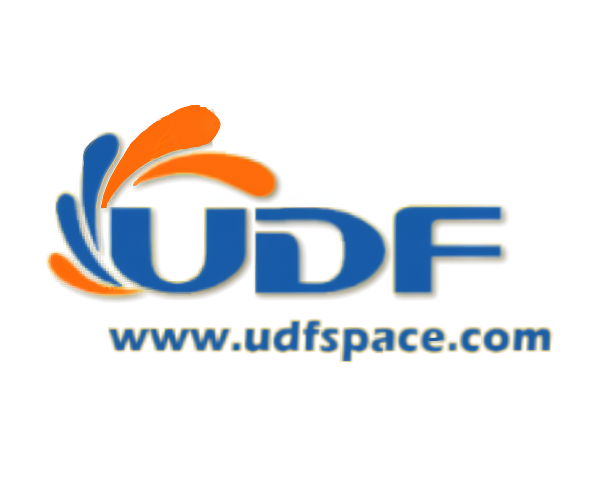







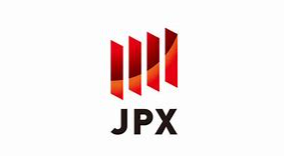



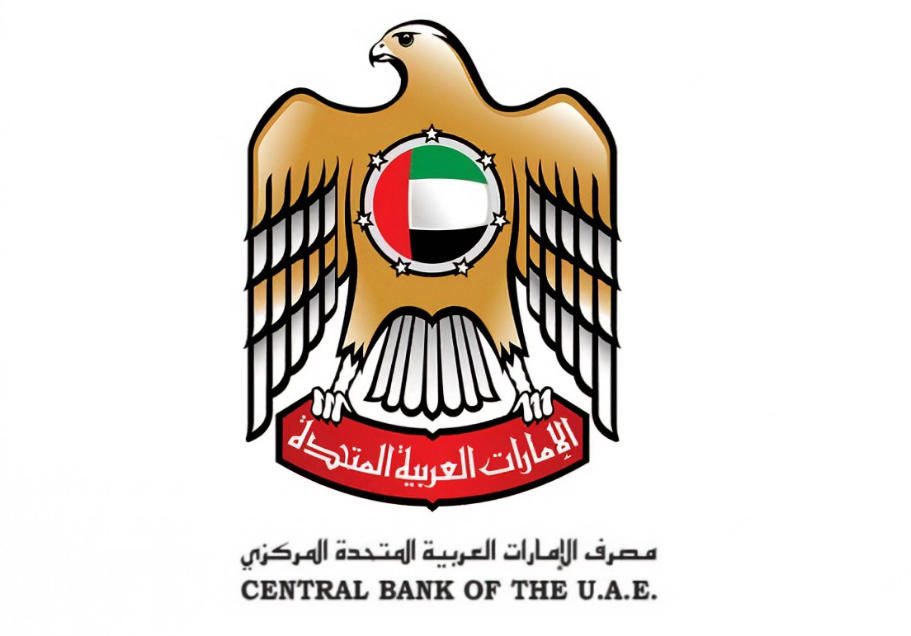






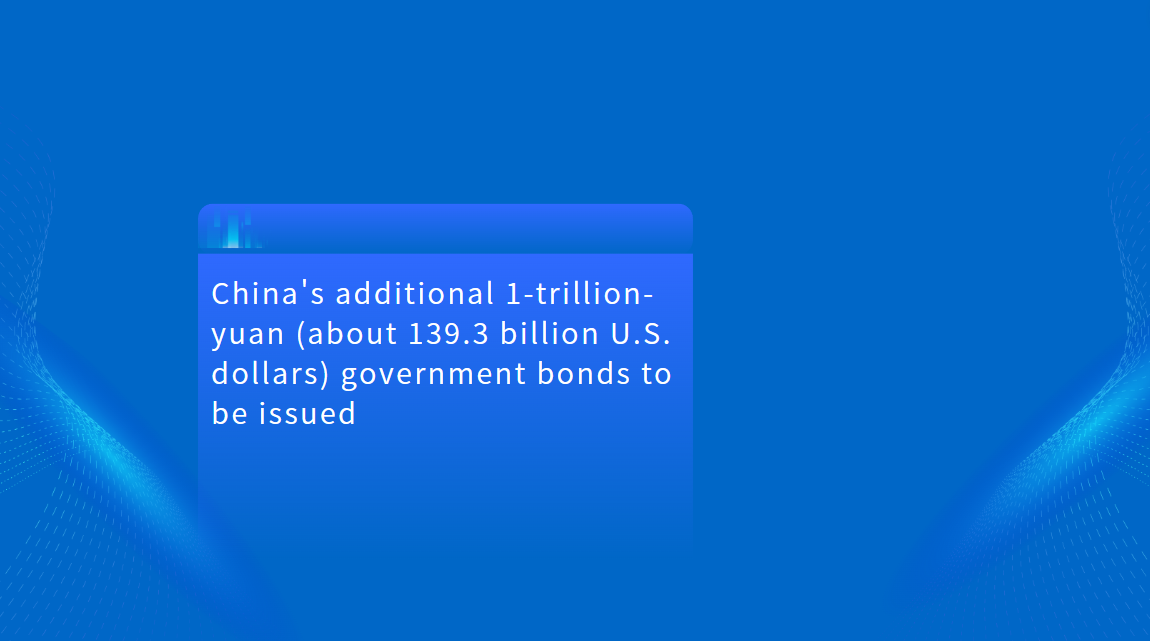

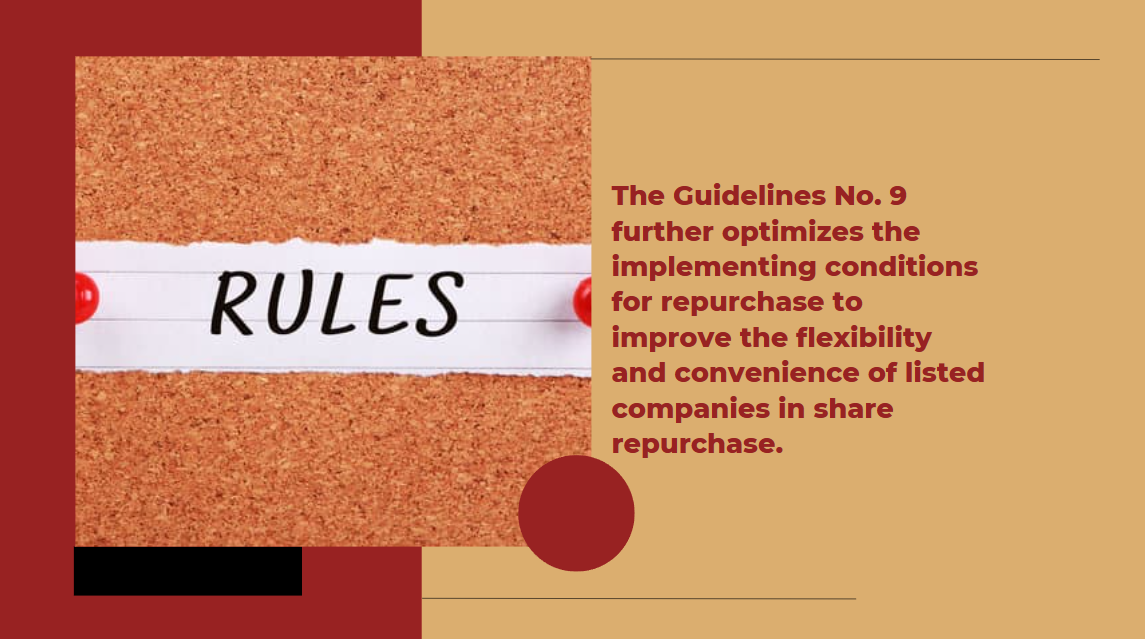

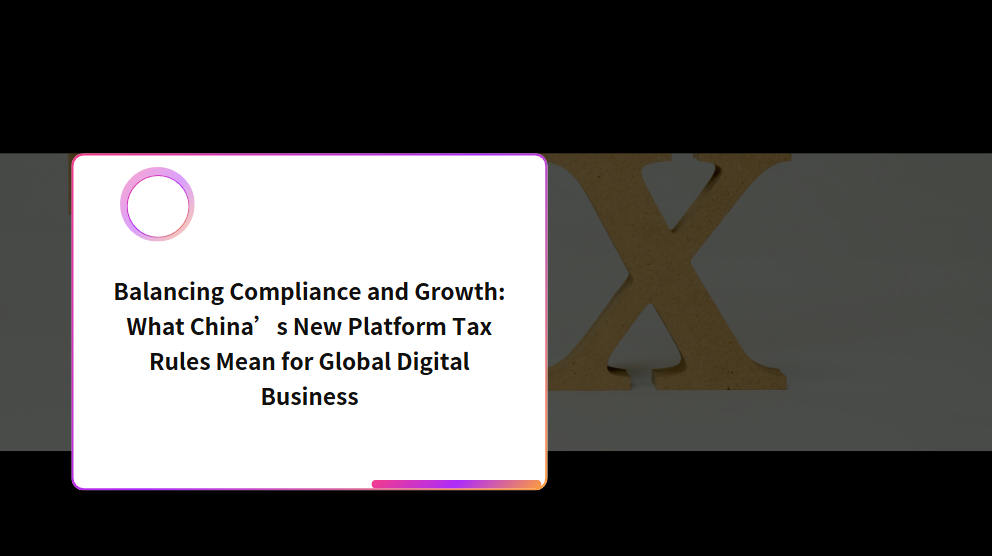



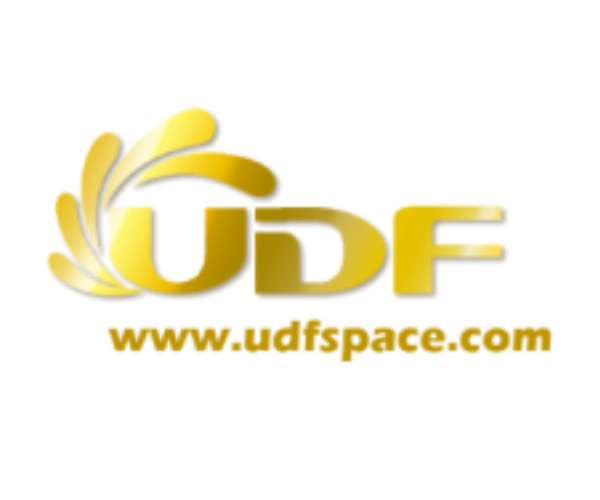









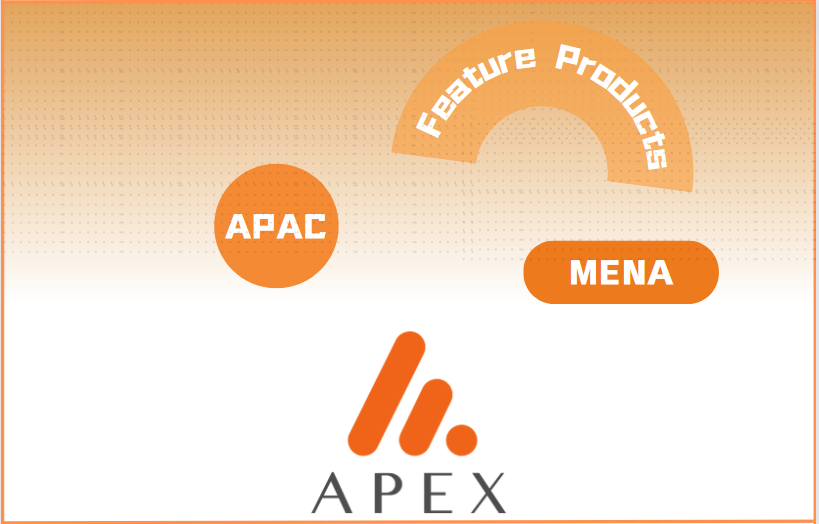















First, please LoginComment After ~